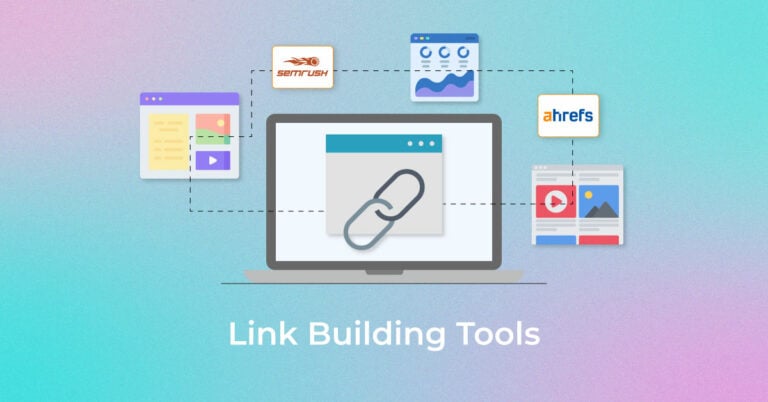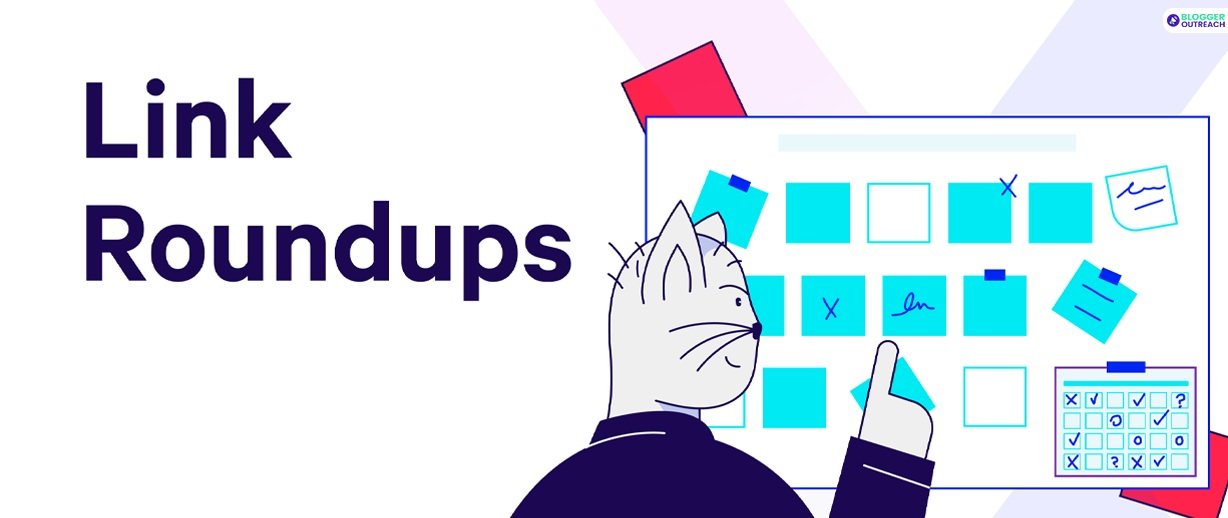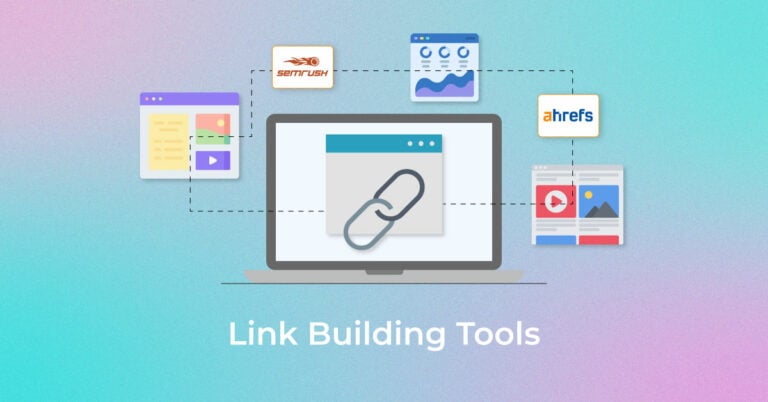
5 Ways to Source Inbound Links
5 Ways to Source Inbound Links: Want to boost your website’s ranking and authority? Then you NEED inbound links! This isn’t about shady link-building schemes; it’s about strategically earning high-quality links that Google will love. We’ll explore five proven methods, from guest blogging to harnessing the power of broken links, resource creation, directory submissions, and even smart social media engagement.
Get ready to watch your website climb the search engine results pages!
Building a strong backlink profile is crucial for success. This post breaks down five effective strategies, complete with practical tips and examples to help you implement them immediately. Whether you’re a seasoned pro or just starting out, you’ll find valuable insights to help you attract those coveted inbound links and improve your website’s visibility and authority.
We’ll cover everything from finding the right guest blogging opportunities to creating resources that people naturally want to link to.
Broken Link Building
Broken link building is a powerful, yet often overlooked, inbound link building strategy. By identifying and reporting broken links on relevant websites, you can offer your content as a valuable replacement, earning a high-quality backlink in the process. This method is ethical, effective, and relatively low-effort once you establish a system.
Common Causes of Broken Links
Websites accumulate broken links for various reasons. Content is updated or removed, URLs are changed during website redesigns, files are deleted, or simply, links may be incorrectly coded. External links to resources outside a website’s control can also break if the linked site shuts down or reorganizes its content. These broken links often manifest as error messages like “404 Not Found” or simply lead to blank pages, negatively impacting user experience and .
Finding Broken Links on Relevant Websites
Several tools can help you efficiently find broken links on websites in your niche. Many tools offer broken link checkers, allowing you to input a URL and receive a report of broken links. Alternatively, you can use free browser extensions that highlight broken links as you browse. Once you’ve identified a target website, methodically check pages relevant to your content.
Focus on pages with high authority and those linking to similar content as yours. A systematic approach is key, ensuring you don’t miss potential opportunities.
Suggesting Replacement Links to Website Owners
Once you’ve found broken links, the next step is to contact the website owner and suggest your content as a replacement. Your outreach should be professional, concise, and highlight the value your content offers. Avoid generic templates; personalize each email to the specific website and broken link. Here are a few examples of effective communication:
“Hi [Website Owner Name], I noticed a broken link on your page about [Topic] ([Broken Link URL]). I thought you might find my article on [Topic] ([Your Link URL]) a suitable replacement. It provides comprehensive information on [brief description of your content]. Let me know if you’d like to update the link.”
“Hi [Website Owner Name], I’m a big fan of your work on [Website Name], especially your article about [Topic]. I noticed a broken link to [Broken Link URL]. I believe my resource on [Topic] ([Your Link URL]), which covers [brief description of your content], could be a great substitute and provide more value to your readers. Please let me know what you think.”
Remember to always be polite and respectful. You are offering a solution, not demanding a link.
Broken Link Building Spreadsheet Template
Organizing your broken link building efforts is crucial for efficiency and tracking progress. A spreadsheet is a simple yet effective tool. Here’s a suggested template:
| Website | Broken Link | Suggested Replacement Link | Outreach Status | Date Contacted | Response |
|---|---|---|---|---|---|
| [Website URL] | [Broken Link URL] | [Your Link URL] | [Sent, Pending, Replied, Success, Failure] | [Date] | [Response details] |
This template allows you to track your progress, manage multiple outreach efforts, and analyze the success rate of your broken link building campaign. Remember to regularly update the spreadsheet as you find new broken links and receive responses.
Resource Creation & Promotion: 5 Ways To Source Inbound Links
Creating valuable resources is a powerful inbound link-building strategy. By offering genuinely useful content, you attract not only readers but also website owners who want to share your expertise with their audiences. This approach fosters natural link acquisition, improving your site’s authority and search engine rankings. It’s about providing value first, and links will often follow.Offering high-quality, shareable resources is more effective than simply hoping for links.
Instead of directly asking for backlinks, you’re providing something so good that others naturally want to link to it. This strategy builds trust and establishes you as a thought leader in your niche.
Examples of Highly Shareable Resources, 5 ways to source inbound links
Numerous examples demonstrate the power of resource creation. A comprehensive ebook on a specific industry topic, offering in-depth insights and practical advice, can generate numerous backlinks. Similarly, an infographic visually summarizing complex data, presented in an easily digestible format, can quickly spread across the web. Checklists providing actionable steps for a specific process, like “10 Steps to Improve Your Website ,” are also highly shareable.
Neil Patel’s blog, for instance, regularly publishes in-depth guides and resources that attract many inbound links due to their comprehensive nature and helpfulness.
Strategies for Promoting Created Resources
Promoting your resources is crucial to maximizing their impact. This involves a multi-pronged approach. Outreach to relevant bloggers and influencers is key. Identify individuals who frequently write about topics related to your resource and personally contact them, highlighting the value your resource offers to their audience. Social media promotion is also essential, utilizing relevant hashtags and engaging with your followers.
Guest blogging on related websites, incorporating a link to your resource naturally within the content, is another effective tactic. Finally, submitting your resource to relevant online directories and communities can expand its reach and increase visibility.
Creating a High-Quality Infographic: A Step-by-Step Guide
Creating a compelling infographic involves careful planning and execution. First, define a clear objective. What key message do you want to convey? Next, conduct thorough research to gather accurate and relevant data. Then, choose a visually appealing design template that complements your brand and topic.
Utilize clear and concise text, avoiding jargon. Employ effective data visualization techniques, such as charts, graphs, and maps, to present your data in a visually engaging manner. Maintain a consistent color scheme and font throughout the infographic. Finally, proofread carefully before publishing to ensure accuracy and professionalism. Imagine an infographic showcasing the growth of social media usage over the last decade, using a visually striking line graph with clear labels and a compelling headline.
The use of vibrant colors and a clean layout would further enhance its appeal and shareability.
Directory Submissions
Building high-quality inbound links is crucial for success, and online directories offer a valuable, albeit often overlooked, opportunity. Submitting your website to relevant directories can boost your site’s visibility, increase referral traffic, and improve your search engine rankings. However, not all directories are created equal; choosing the right ones is key to maximizing your efforts.Directory submissions involve listing your website in online catalogs that categorize businesses and resources.
Think of them as virtual yellow pages, but often much more sophisticated. These directories can range from general business listings to niche-specific platforms catering to specific industries or interests. Effective directory submission involves more than just adding your website; it requires strategic selection and optimized descriptions to attract potential visitors.
Types of Online Directories and Niche Relevance
Online directories vary significantly in scope and quality. General business directories, like Yelp or Google My Business, cater to a broad audience, while niche directories focus on specific industries, such as health, technology, or finance. For example, a website selling handmade jewelry might find success in Etsy’s directory or a craft-specific directory, but a general business directory might not be as effective.
Conversely, a SaaS company might benefit more from a technology-focused directory than a general business listing. The key is to align your directory submissions with your target audience and industry. Consider the authority and relevance of the directory to your niche. A high-authority directory within your niche will provide more valuable backlinks than a low-authority, general directory.
Criteria for Selecting High-Quality Directories
Choosing the right directories is paramount. Prioritize directories with high domain authority (DA), relevant content, and a strong user base. Look for directories with a clean, user-friendly interface and a history of providing quality listings. Avoid directories that appear spammy, have low-quality content, or charge excessive fees. Consider the directory’s backlink profile; high-quality directories will typically have a strong backlink profile themselves.
A quick check using tools like Ahrefs or SEMrush can help assess a directory’s authority and overall quality.
Submitting a Website to an Online Directory and Optimizing Descriptions
The process of submitting your website usually involves creating a profile, providing your website URL, and writing a compelling description. This description acts as your website’s advertisement within the directory. Optimize this description with relevant s that accurately reflect your business and services. Think of it as a mini- opportunity; use targeted s to improve the chances of your listing appearing in relevant searches within the directory itself.
Make sure your business name, address, and phone number (NAP) are consistent across all listings to avoid any potential penalties. Include a call to action, encouraging users to visit your website. For example, instead of simply stating “We sell handmade jewelry,” try “Discover unique, handcrafted jewelry perfect for any occasion – visit our website today!”
Checklist for Directory Submission
Before submitting your website to any directory, review this checklist:
- Verify the directory’s relevance to your niche.
- Check the directory’s domain authority and backlink profile.
- Ensure your website description is optimized with relevant s.
- Confirm your NAP information is accurate and consistent.
- Review the directory’s submission guidelines carefully.
- Check for any spammy or low-quality aspects of the directory.
- Proofread your submission before submitting it.
Following these steps will significantly improve your chances of successful directory submissions and ultimately contribute to a stronger inbound link profile.
Social Media Engagement

Source: bloggeroutreach.io
Building a strong social media presence isn’t just about boosting brand awareness; it’s a powerful, albeit indirect, method for acquiring inbound links. By creating engaging content and fostering a vibrant online community, you can attract the attention of influencers, bloggers, and journalists who might then link back to your website. This strategy leverages the power of social proof and community building to organically attract high-quality backlinks.Social media engagement indirectly generates inbound links by increasing your website’s visibility and authority.
When you share valuable content on platforms like Twitter, Facebook, or LinkedIn, you’re exposing it to a wider audience. If your content resonates with users, they might share it, leading to increased traffic and brand mentions. This increased visibility can entice other websites to link to your content as a valuable resource or credible source of information. Moreover, actively engaging with users and participating in relevant conversations builds trust and credibility, making your website a more attractive source for backlinks.
Examples of Social Media Posts Generating Inbound Links
Successful social media posts that generated inbound links often share several key characteristics. They are typically highly shareable, informative, visually appealing, and relevant to the target audience. For example, a compelling infographic summarizing complex data could garner significant shares and mentions, leading to backlinks from news sites or industry blogs. Similarly, a well-produced video tutorial addressing a common problem within a niche could be embedded on other websites, resulting in valuable inbound links.
Another successful approach involves initiating discussions on social media related to your area of expertise, using relevant hashtags to increase visibility and attract attention from relevant influencers. This could lead to conversations that result in backlinks from other websites who want to participate in the discussion or reference your insights.
Strategies for Building a Strong Social Media Presence
Building a strong social media presence requires a consistent and strategic approach. First, identify the platforms where your target audience is most active. Don’t spread yourself too thin; focus your efforts on a few key platforms where you can build genuine engagement. Next, create high-quality, visually appealing content that provides value to your audience. Think beyond simple promotional posts; offer insightful articles, engaging videos, or interactive polls.
Boosting your SEO involves exploring various inbound link strategies; guest posting, broken link building, and resource page outreach are just a few. One often-overlooked method is leveraging video marketing, and I found some great tips on how to do just that in this awesome guide on getting it on with youtube. Mastering YouTube can significantly improve your backlink profile, adding another powerful tool to your 5 ways to source inbound links arsenal.
Actively engage with your audience by responding to comments and messages, participating in relevant conversations, and fostering a sense of community. Finally, collaborate with other influencers and bloggers in your niche. This can involve guest posting, participating in joint webinars, or simply sharing each other’s content. These collaborations can lead to increased visibility and mutual promotion, resulting in valuable backlinks.
Social Media Content Calendar for Promoting Website Content
A well-structured social media content calendar is crucial for consistent promotion and link generation. This calendar should Artikel the content you’ll share on each platform, the posting schedule, and the relevant hashtags. For instance, a typical weekly schedule might include sharing a blog post on Monday, engaging with industry news on Tuesday, hosting a Q&A session on Wednesday, sharing user-generated content on Thursday, and promoting a case study on Friday.
Each post should be tailored to the specific platform and audience, ensuring that it’s optimized for maximum engagement and visibility. Furthermore, the calendar should also include space for tracking results and adjusting the strategy based on performance data. This iterative approach ensures that your social media efforts are continually refined to maximize their effectiveness in generating inbound links.
Wrap-Up

Source: infidigit.com
So there you have it – five powerful ways to build high-quality inbound links and give your website the boost it deserves. Remember, it’s not just about quantity; it’s about quality and relevance. Focus on creating valuable content, building relationships, and engaging with your audience. By consistently implementing these strategies, you’ll see a significant improvement in your website’s search engine rankings and overall online presence.
Now go forth and conquer those search results!
Essential FAQs
What’s the difference between inbound and outbound links?
Inbound links point to your website from other sites, boosting your . Outbound links point from your website to others.
How long does it take to see results from inbound link building?
It varies, but you should start seeing improvements in your rankings and traffic within a few months of consistent effort. Be patient and persistent!
Should I buy inbound links?
Absolutely not! Buying links is against Google’s guidelines and can severely harm your website’s ranking. Focus on earning links organically.
What if a website refuses my guest post?
Don’t be discouraged! Try pitching a different topic or reaching out to a different website. Persistence pays off!





